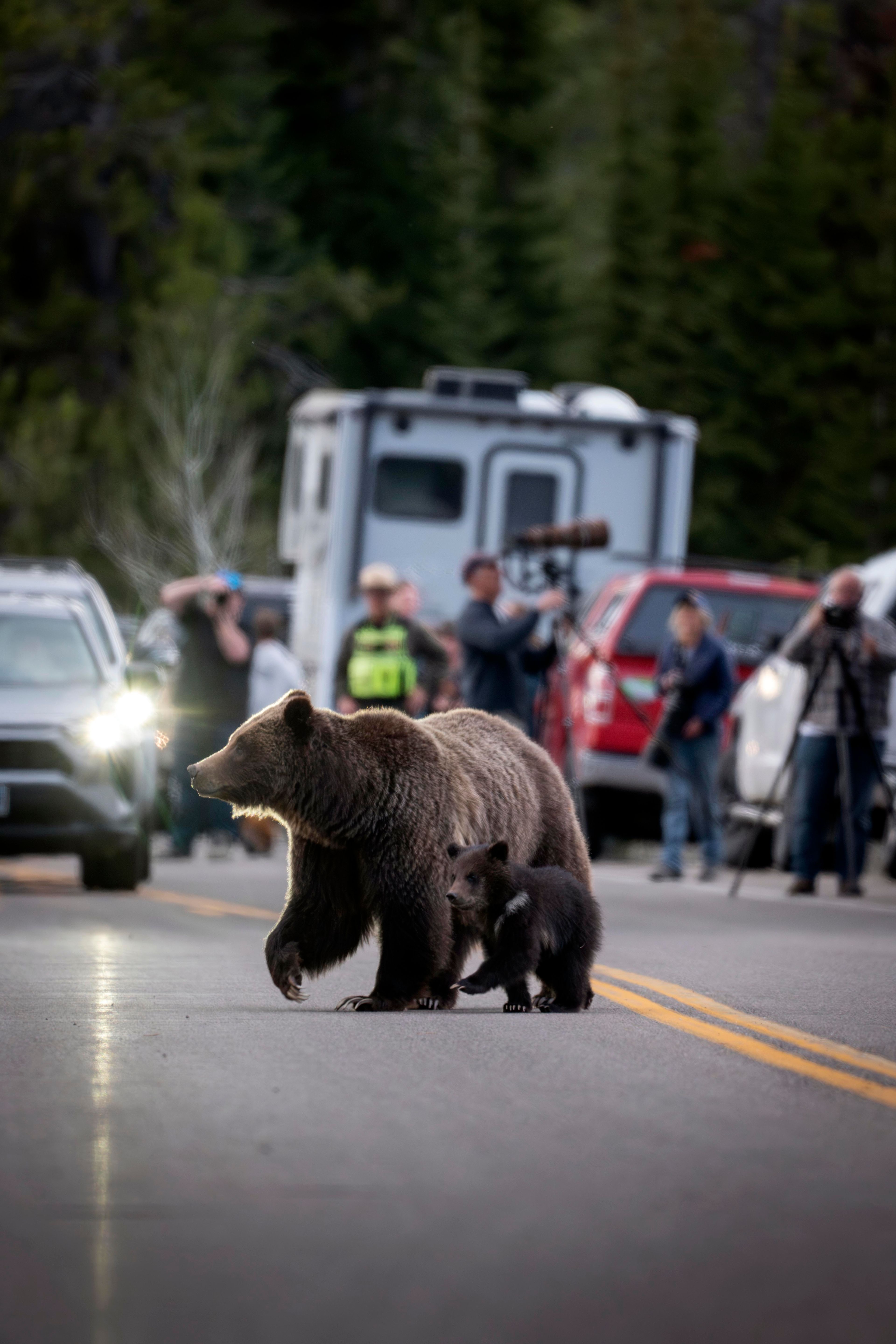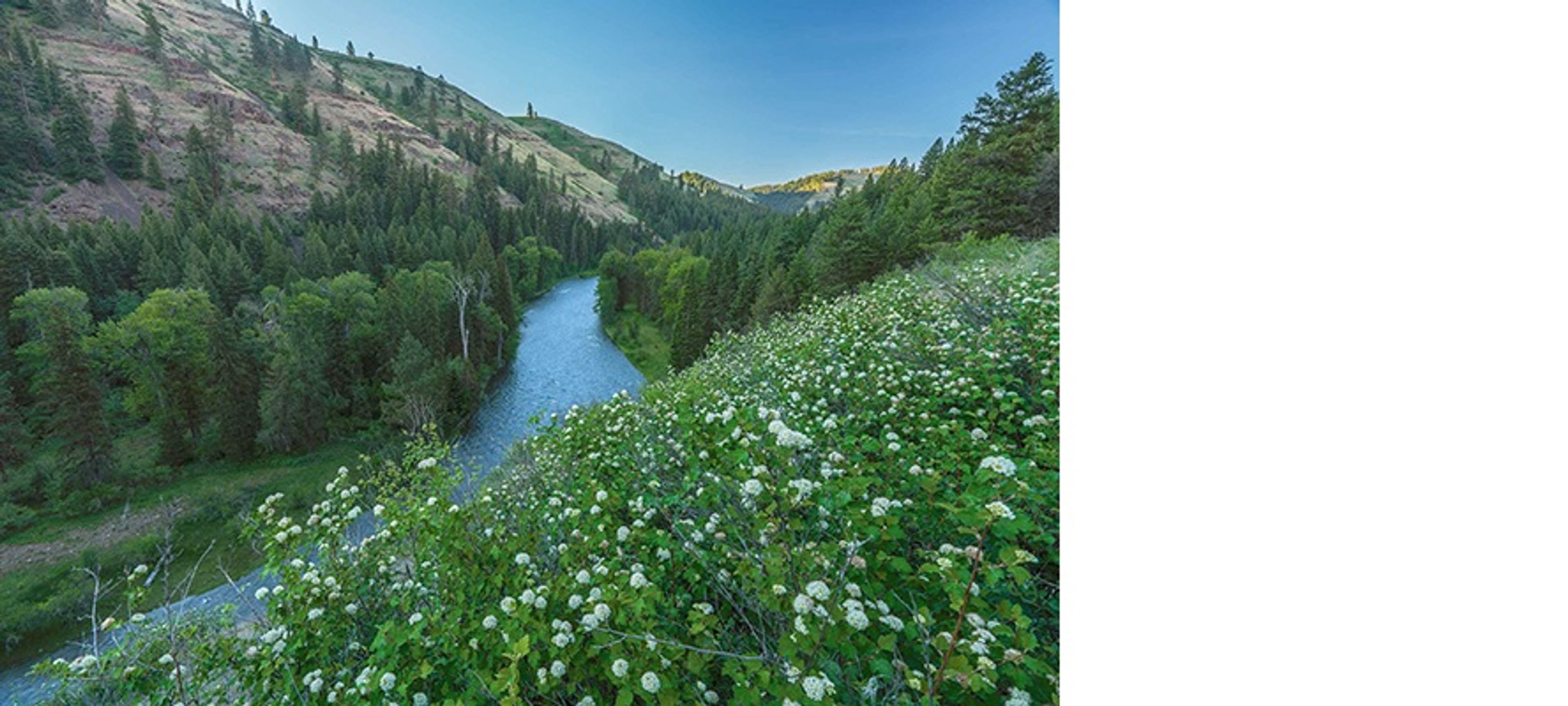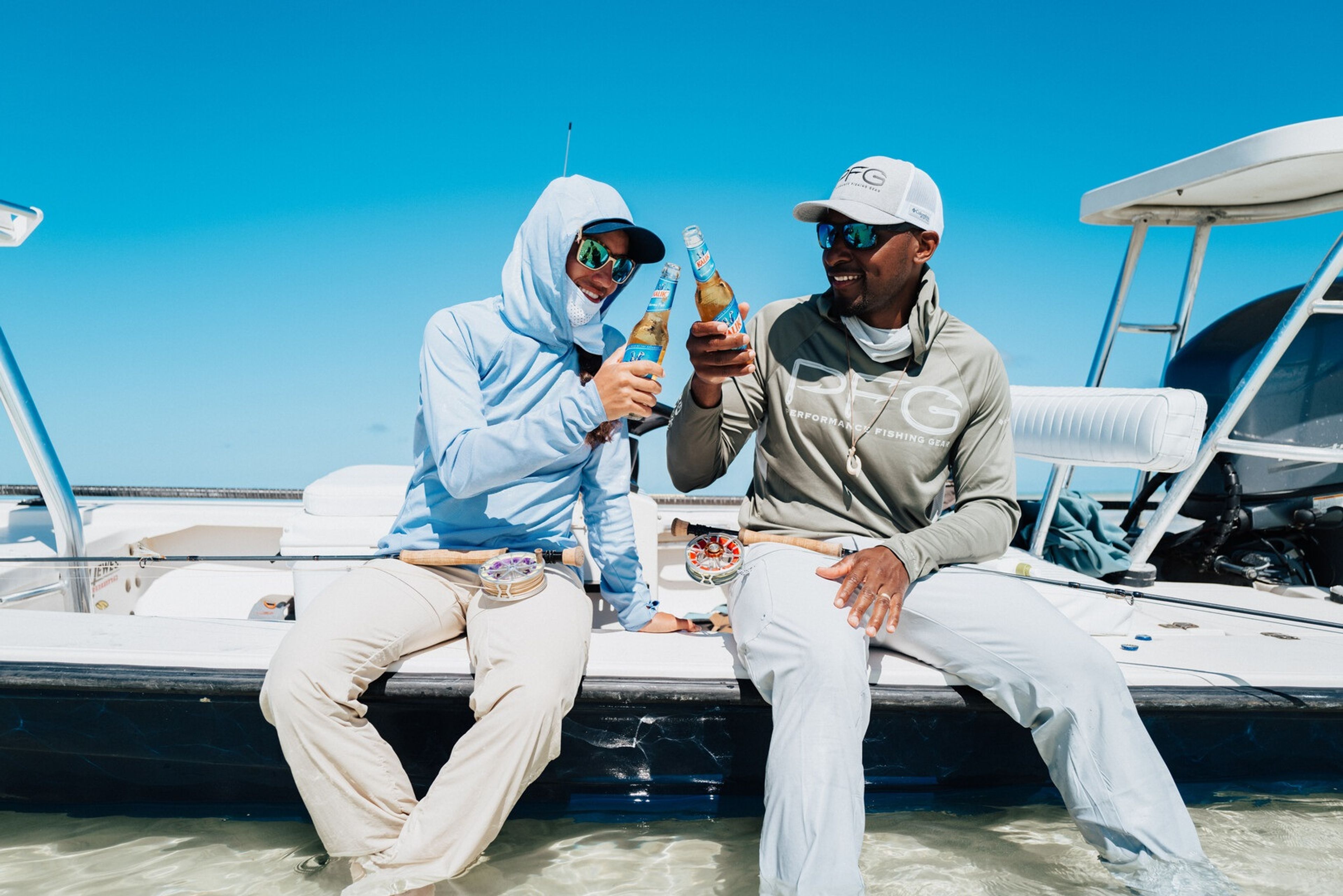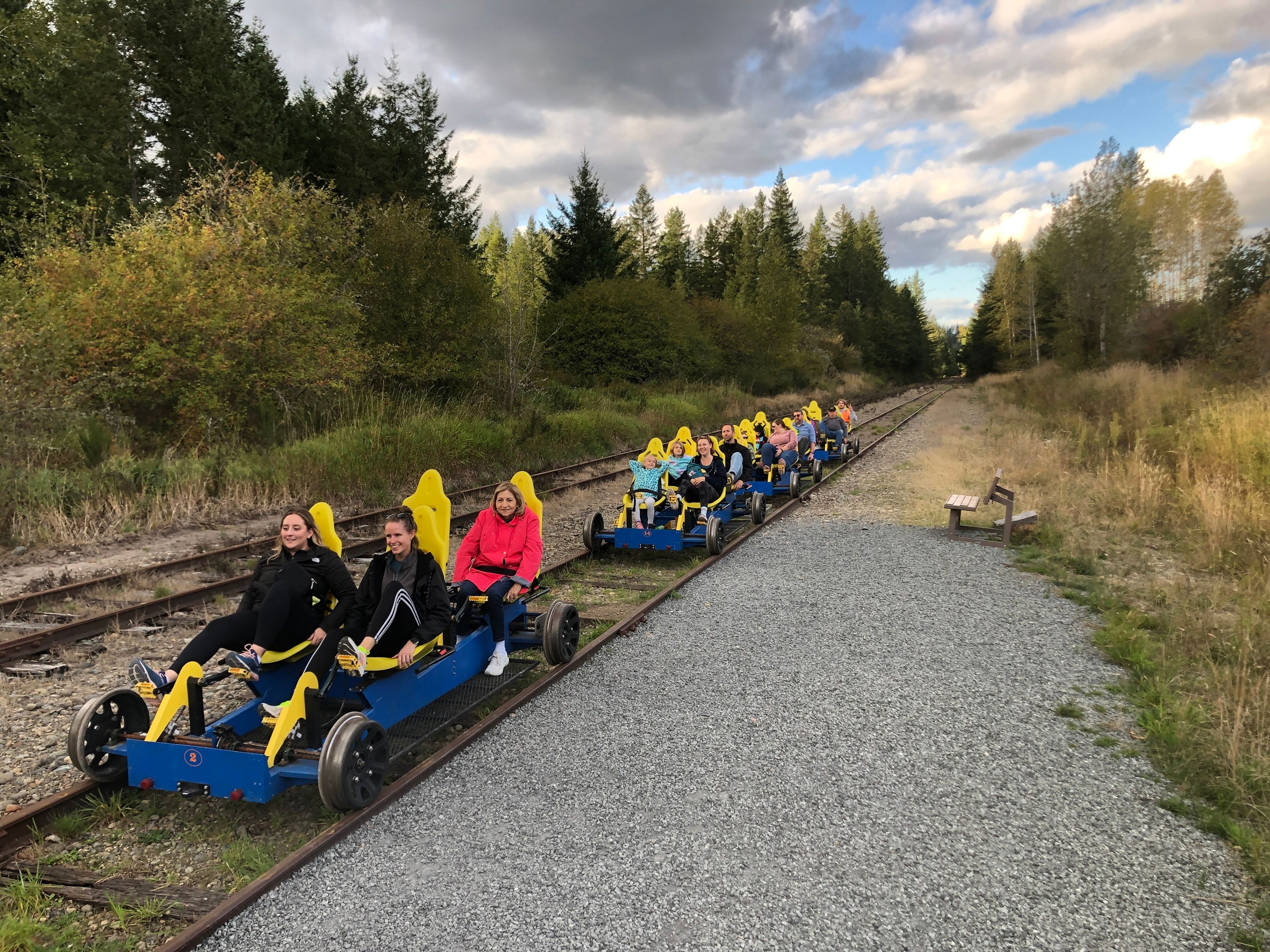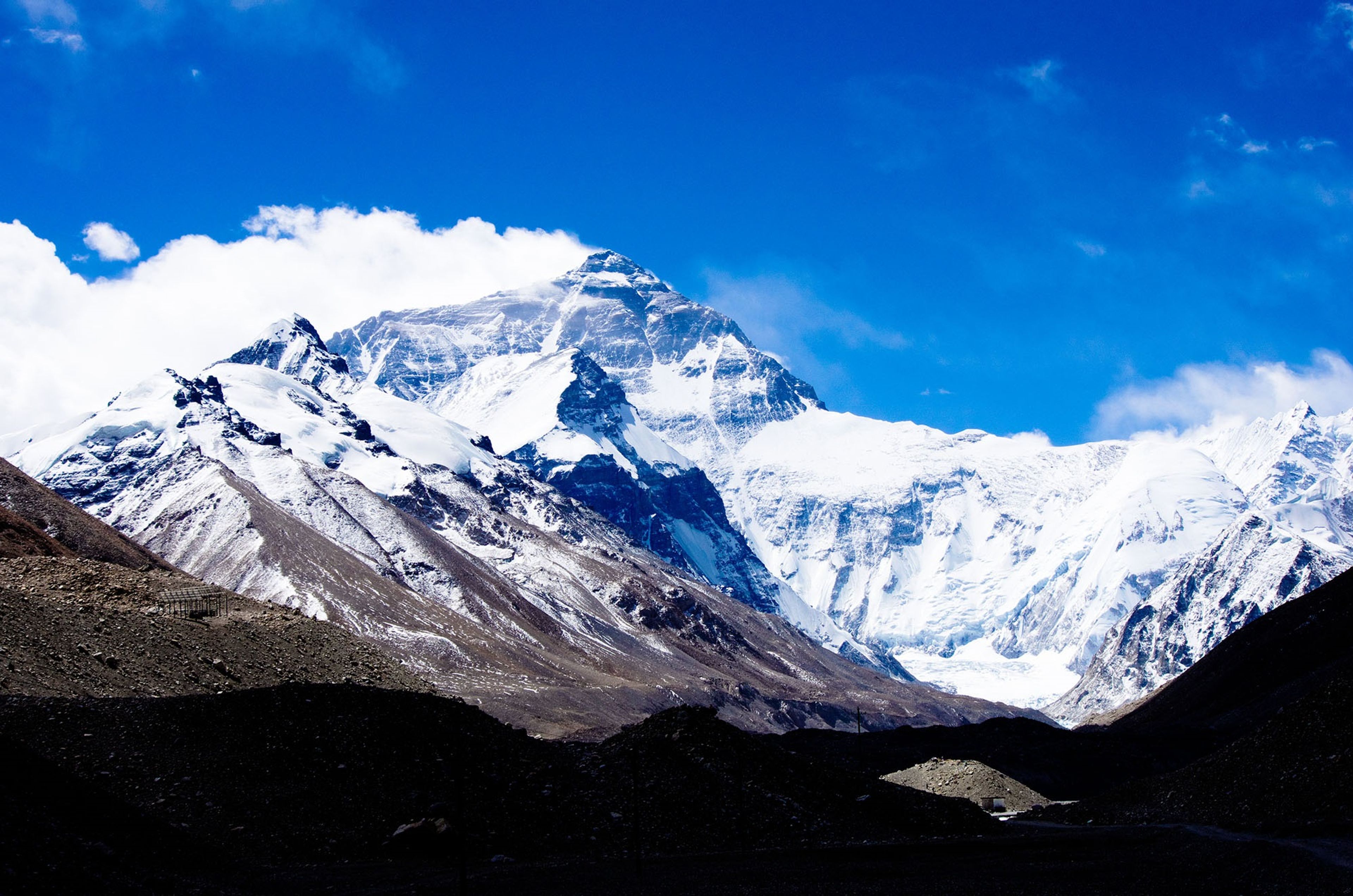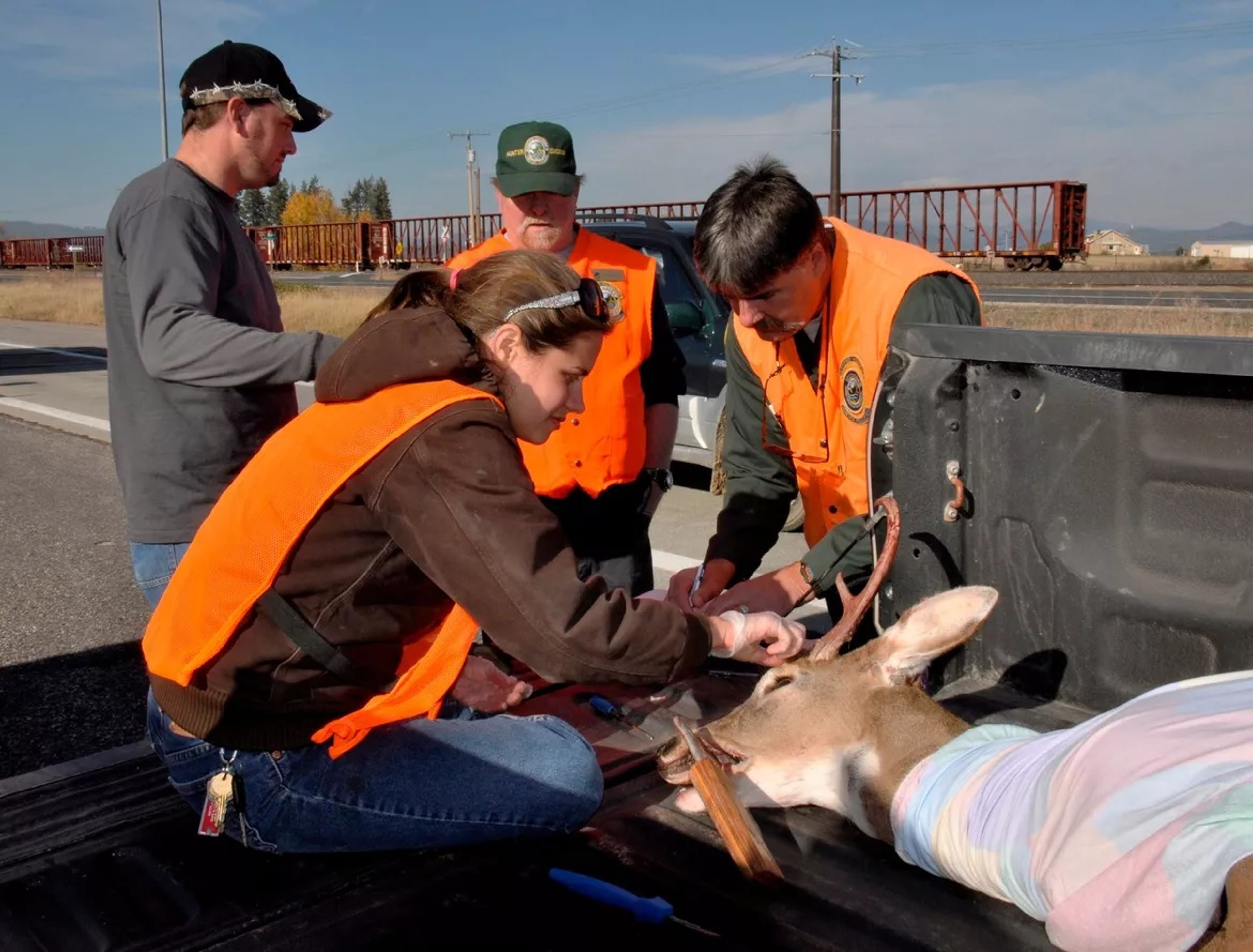Washington Rec plan sets strategies for DNR land
A plan meant to guide recreation management on 5.6 million acres of public land in Washington is out for public review.
The Washington Department of Natural Resources recently released a draft of its Outdoor Access and Responsible Recreation Plan, a 66-page document that lays out goals and strategies for dealing with increasing visitation, climate change and respecting tribal treaty rights, among other items.
The plan, the first of its kind in Washington, is in part a response to the growth in outdoor recreation since the COVID-19 pandemic. Officials say more people are using DNR properties and that they’ve seen an increase in problems such as vandalism, unauthorized trail-building and dumping.
It also highlights the DNR recreation program’s budget woes, saying the program needs an extra $9 million every two years to keep up with maintenance needs.
The plan is meant to give the recreation program guidance for navigating those challenges, offering specific strategies for items like gathering more visitation data and more.
“As more and more people get outside and enjoy the beauty of our public lands across Washington, recreation continues to have a significant impact on our landscapes,” Public Lands Commissioner Hilary Franz said in a statement. “While this strategy is just the first step in addressing the concerns of so many, it will move us forward and help us learn what more needs to be done.”
The plan is out for public comment until Nov. 21. DNR is holding a series of public meetings later this month. Once that’s over, the agency will review the comments and consider incorporating them into the final plan.
Courtney James, a DNR spokesperson, said the agency hopes to sign the final plan by the end of the year.
The agency’s portfolio of public lands includes a wide variety of landscapes across the state, including forests, rivers and their banks and coastal beaches. The agency manages more than 200 recreation sites, including 80 campgrounds and 1,300 miles of trails, according to the plan.
Recreational use also runs the gamut. Hunters and anglers, paddlers and motorboaters, hikers and all-terrain vehicle riders all use DNR lands.
Outdoor recreation exploded in popularity during the COVID-19 pandemic. It showed in the crowds descending on public lands. The agency recorded a 21% increase in visitation to its properties between 2019 and 2020, and officials say the pressure hasn’t let up and that they don’t expect it to.
The agency began work on the recreation plan in the summer of 2023. Over the course of several months, the agency held meetings with tribal leaders and other partners to gather their input. Public meetings were held in February.
The draft released Monday makes clear that conserving natural and cultural resources is a top priority, along with encouraging people to recreate responsibly. Other goals include improving equitable access and improving collaboration with tribes and others in recreation planning.
Kurt Hellmann, a wildlife-recreation coexistence coordinator for Conservation Northwest, attended the workshops and followed the development of the plan. He said the work was impressive, and that he’s happy with its focus on conserving the state’s natural resources.
“I think a lot of Washingtonians can agree with that,” Hellmann said. “Everyone wants to make sure landscapes remain intact, healthy and vibrant for years to come.”
But the plan makes clear that DNR’s recreation program needs more cash.
The program represents just a sliver of the overall DNR budget.
For the 2023 to 2025 biennium, it had a budget of about $34 million from several different sources, including money from the state general fund but also grants, the gas tax and a portion of Discover Pass sales.
That total fell short of what the recreation program needs, and the plan says the agency estimates “a minimum of $9 million more is needed per biennium” to keep up with maintenance on developed recreation sites, such as campgrounds.
Declining gas tax revenue is partly to blame for the budget gap. The gas tax has historically made up 20% of DNR’s budget, and returns have dwindled in recent years, according to the plan. Other funding sources fluctuate from year to year, such as grant funding and Discover Pass revenue.
The plan was released as state agencies prepare for the 2025 Washington Legislature, but James said it shouldn’t be seen as a direct plea for more money.
“The plan is more laying out that this is a problem we’re facing,” James said.
